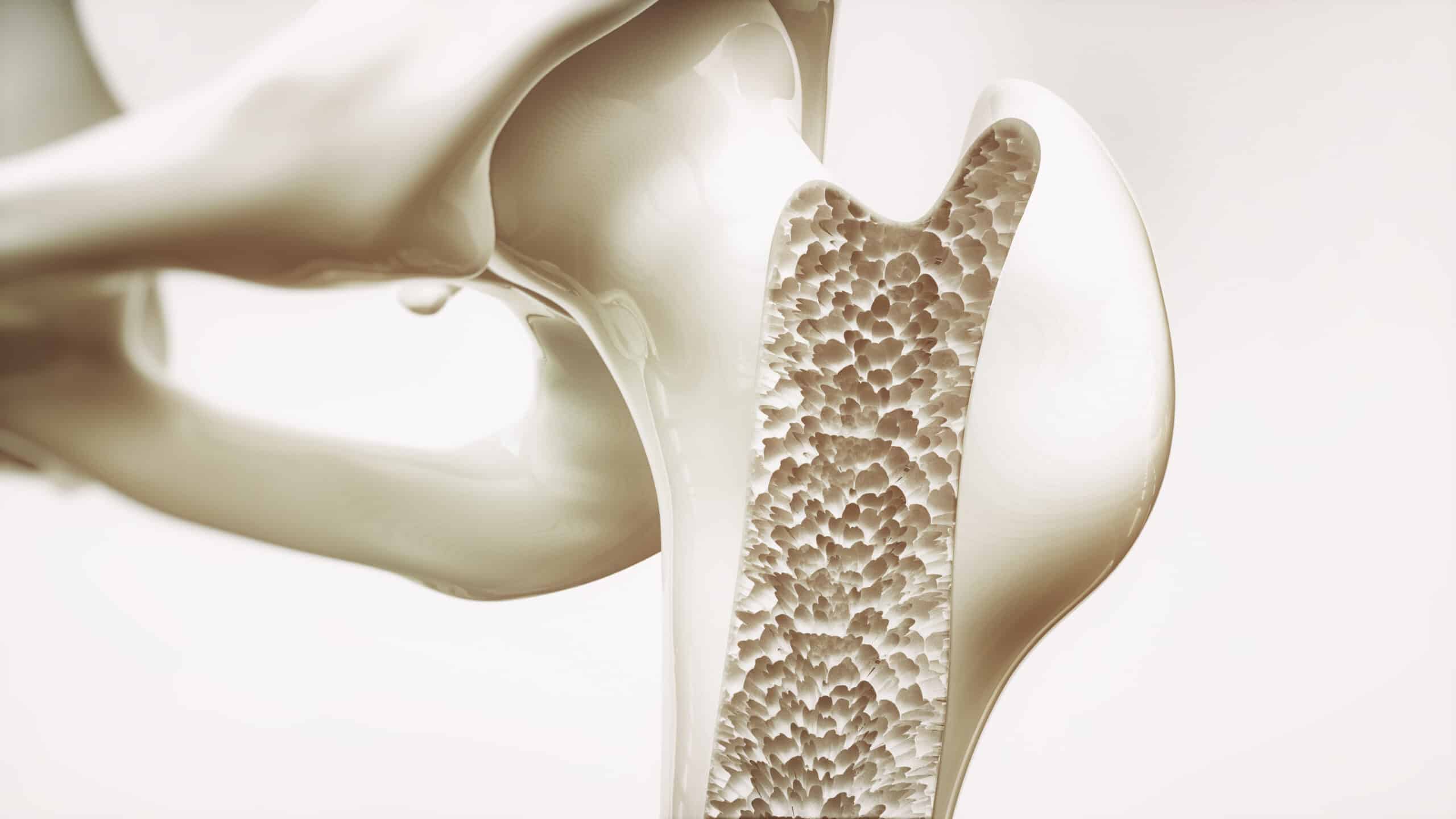Once X-Linked Hypophosphatemia has been diagnosed and established a full evaluations need to be conducted to outline the extent of the disease and treatment needs. Which can include assessment of bone growth, survey of degree to which bones have been affected, hearing and dental examinations, and evidence of craniosynostosis. Patients who complain of vertigo may have Chiari malformation which must be ruled out.
Doctors will design treatment plans to reduce pain associated with faulty bone growth and correct related deformities. If diagnosed in childhood oral phosphate supplementation paired with high doses of active vitamin D3 promotes mineralization of the bone and prevent secondary hyperparathyroidism are provided until skeletal growth is completed. Therapies can include low and high doses of calcitriol initially, low doses are continued until skeletal growth is completed.
Endpoints measured by treatment include, reduced alkaline phosphatase serum, improved musculoskeletal performance, correction of rickets related bone changes, more normal bone growth velocity, ruled out secondary hyperparathyroidism, calcium calculi in the kidneys, and hypercalciuria.
Doctors main goal is correction of bone pain or in the presence of osteomalacia as shown by high alkaline phosphatase to improve prognosis, and asses development of pseudofractures or stress fractures when designing therapy for adults. Patients differ regardless of age due to variations of vitamin D promoters requiring different regimens depending on the individual’s response to vitamin D.
Surgical correction may be required for bowing of the lower limbs, in which various techniques are used including stapling or use of toggle plates at the epiphysis in children. Designed therapies for adults may include distraction to promote bone lengthening or intramedullary nailing with or without internal or external fixation is used for acute correction.
Knee and hip replacements may be required due to Irreversible and enthesopathy joint damage. Dental abnormalities are corrected using oral hygiene measures as well as fluoride supplementation to prevent dental abscesses.
Hearing loss can occur, screening for secondary hyperparathyroidism are conducted are regular follows ups, involving screening for parathyroid hormone levels, serum calcium, and other renal markers of phosphate excretion and renal function.
Temporary hyperparathyroidism if identified should be surgically treated. When serum and urinary calcium is high, calcitriol doses should be lowered accordingly.Every 1-5 years screening for renal calculi should be performed via ultrasound scans.
Researchers are working to develop new therapies to be used in the treatment of X-Linked Hypophosphatemia such as recombinant human monoclonal antibody directed at FGF23 to increase renal threshold for phosphate reabsorption improving serum phosphate levels and renal vitamin D production.




